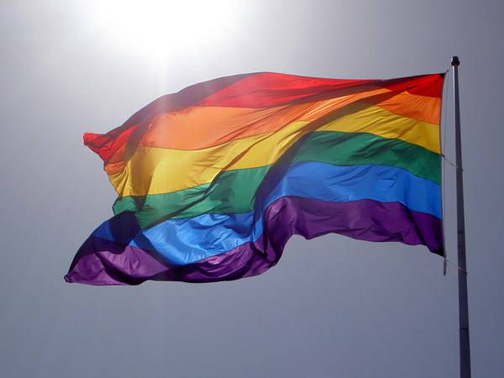Thomas Hammarberg, the Council of Europe's Commissioner for Human Rights, has an excellent record so far of bringing attention to Europe's bete noir's: the war on terror, Roma, migrants, and now, the problem of statelessness.
In a speech to the CoE during a conference on nationality, Hammarberg highlighted the problem of statelessness throughout Europe, but especially among the Roma.
1) He mentions the Slovenian "erasure" problem, the subject of the Kuric case currently referred to the Grand Chamber. ( Kuric and others v. Slovenia App. no. 26828/06). Sounds like he endorses the ECtHR's finding of wrong-doing on the part of Slovenia. (Article 8. if you'll recall.)
2.) He brings up the problem of unregistered (or, "legally invisible") people, and their children who do not receive birth registration, and implicitly endorses them as de facto stateless. Interesting stance.
We'll definitely want to keep an eye on Hammarberg, and the CoE to see what steps they take, if any, to back up their stance on statelessness in Europe.
In a speech to the CoE during a conference on nationality, Hammarberg highlighted the problem of statelessness throughout Europe, but especially among the Roma.
A great number of stateless persons are Roma. The problem exists in many countries, but it is particularly acute in the Western Balkans, notably in the countries of ex-Yugoslavia. Several thousand persons, among them many Roma, became victims of the decision in Slovenia in 1992 to erase non-Slovene residents from the Register of Permanent Residents. Many had moved to Slovenia from other parts of Yugoslavia before the dissolution of the federation. It was only in 2010 that this unjust regulation was changed through amendments to the law.
In other states in the Balkans, there are Roma who are without citizenship or even basic identity papers. Those who have moved from the former Yugoslav Federation to other parts of Europe often lack personal documents and live in legal uncertainty. They are de facto stateless. Their newborn children are frequently not registered and risk losing their right to apply one day for citizenship as they cannot prove legal residence in the countryTwo important things to note about this speech:
1) He mentions the Slovenian "erasure" problem, the subject of the Kuric case currently referred to the Grand Chamber. ( Kuric and others v. Slovenia App. no. 26828/06). Sounds like he endorses the ECtHR's finding of wrong-doing on the part of Slovenia. (Article 8. if you'll recall.)
2.) He brings up the problem of unregistered (or, "legally invisible") people, and their children who do not receive birth registration, and implicitly endorses them as de facto stateless. Interesting stance.
We'll definitely want to keep an eye on Hammarberg, and the CoE to see what steps they take, if any, to back up their stance on statelessness in Europe.











